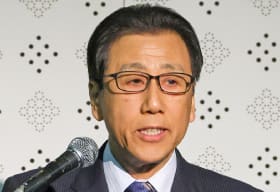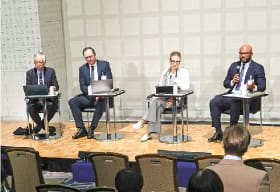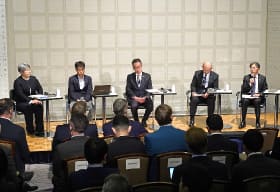Thematic Sessions II
Local Production and Local Consumption of New Energy
From Hydrogen to Biomethane
Four panelists addressed the challenges and opportunities in localizing production and consumption in GX: Air Water President Ryosuke Matsubayashi, Yotsuba Milk Products Managing Director Motoo Ide, Shikaoi Town Mayor Tomomi Kii, and The Japan Research Institute Director Yuji Oshima. Moderating the session was Nikkei Inc.'s Sonoko Watanabe.
Hokkaido-based Air Water is a leading supplier of industrial gases, including oxygen, nitrogen, argon, hydrogen, and carbon dioxide. Matsubayashi displayed a map of 13 Hokkaido sites where Air Water participates in decarbonization initiatives, such as producing hydrogen and operating hydrogen stations. He also displayed photos of two project sites where Air Water is recycling livestock excrement. One of those sites is in the Tokachi district, a center of dairy farming. Air Water serves Yotsuba Milk Products and other customers there through a biomethane supply chain in which dairy cow excrement becomes fuel. The other project site is in Shikaoi Town, where the company operates a hydrogen farm. That facility can produce enough hydrogen daily from biogas to power 30 fuel cell vehicles. Thus is Air Water working to help place society on a hydrogen-powered footing.
Ide described how Yotsuba Milk Products, with assistance from Air Water, has converted its plant boilers from natural gas fuel to biomethane fuel produced from dairy cow excrement and is moving to market some of its output of biomethane fuel. Kii provided additional detail on the hydrogen farm introduced by Matsubayashi and described broad-ranging initiatives underway in Shikaoi Town to deploy electricity, gas, and other output from biomass in agriculture and aquaculture, as well as in fuel cell power. Oshima spoke on the importance of effective partnering between governmental and private-sector participants in projects for localizing the production and consumption of energy. The Japan Research Institute has helped bring about numerous projects for that purpose in Hokkaido, and Oshima provided a detailed account of factors in the success and sustainability of projects.
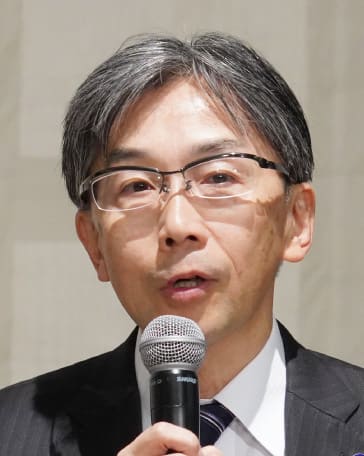
Air Water President Ryosuke Matsubayashi
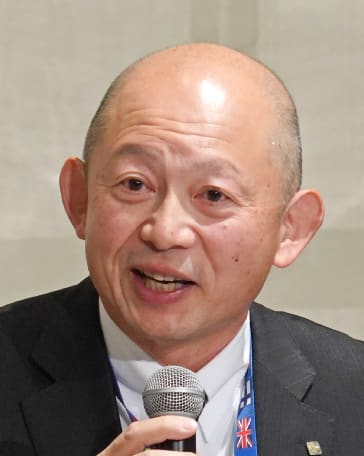
Yotsuba Milk Products Managing Director Motoo Ide
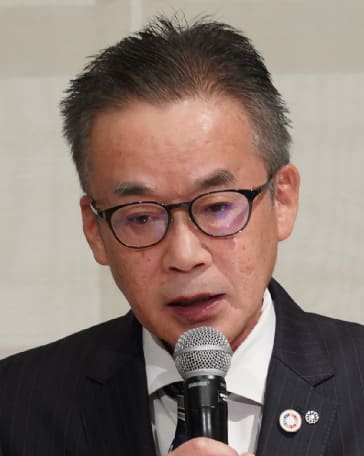
Shikaoi Town Mayor Tomomi Kii
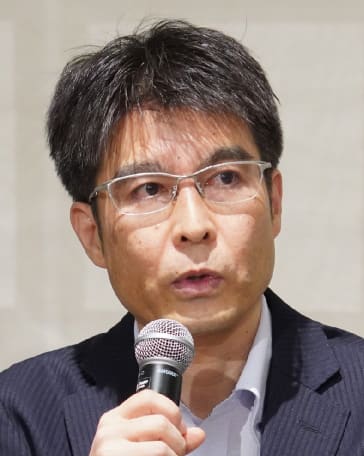
Japan Research Institute Director Yuji Oshima
Incubation for Leading-Edge Industries
Exchanging perspectives in a session devoted to Hokkaido’s role as an incubator of pioneering industries and renewable energy were SAKURA Internet Director Akihiro Maeda, Hokkaido University Professor Hidenori Kawamura, and Tokyo Electron Senior Chief Engineer Takahito Matsuzawa. Moderating the session was Shingo Kayama, the Strategy, Risk and Transactions Leader at the Deloitte Tohmatsu Group.
Maeda, whose company operates a data center in Ishikari, Hokkaido, then discussed the prefecture’s advantages as a data center platform. The SAKURA Internet data center in Ishikari runs entirely on green energy. Maeda displayed photos of company-owned solar panels that supply power to the data center and introduced other examples of tapping renewable energy resources in Ishikari, such as an offshore wind farm. He also displayed photos of biomass and geothermal generating facilities in Hokkaido that offer further options for electric power users.
Hokkaido University’s Kawamura highlighted GX’s AI dimension. He suggested that, though people today are highly conscious of such generative AI services as ChatGPT and Gemini, those services will soon recede into the background. They will become something, he predicted, that people take for granted as part of daily life, like electricity and gas. Fulfilling that potential, he continued, will depend on the dual challenge of creating local markets and configuring an integrated global market. Kawamura noted the contrast between local and global interactions and called for strategic investment to nurture reliable synergies between those interactions.
Matsuzawa revealed that Tokyo Electron established in 1991 a software development subsidiary in Hokkaido and that the subsidiary has evolved through a move, a renewal, and absorption into the parent company into a crucial asset as TEL Digital Design Square. That transition has established TEL as a leader in developing advanced software, especially in connection with assimilating AI. Hokkaido’s superior living environment, Matsuzawa added, has helped attract highly skilled personnel and has made the center a sought-after worksite in the Tokyo Electron organization.
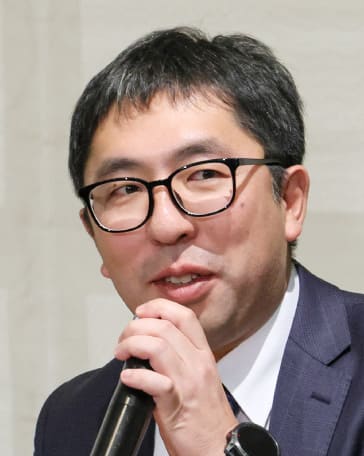
SAKURA Internet Director Akihiro Maeda
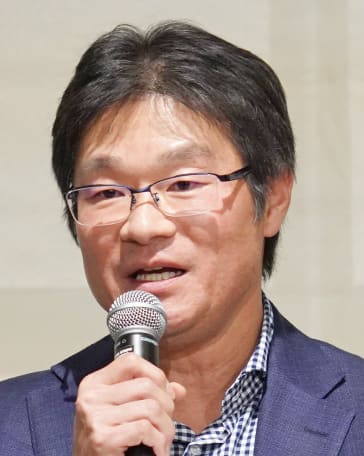
Hokkaido University Professor Hidenori Kawamura
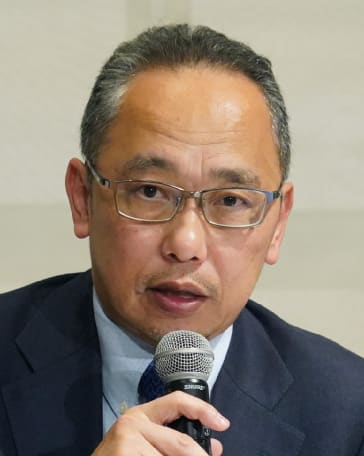
Tokyo Electron Senior Chief Engineer Takahito Matsuzawa
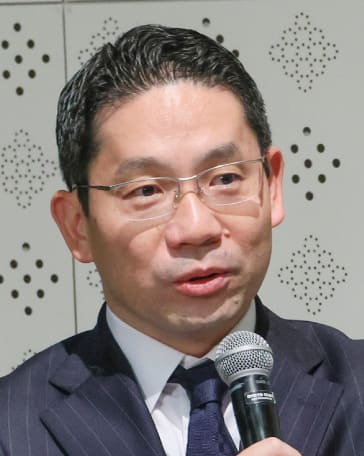
Deloitte Tohmatsu Group Strategy, Risk and Transactions Leader Shingo Kayama
Hokkaido GX through the Lens of Asset Management
Nikkei Inc.’s Ryushiro Kodaira next took the stage with Sparx Group President Shuhei Abe to discuss Hokkaido GX from the perspective of asset management. Abe, born and raised in Hokkaido, has famously built an independent asset management powerhouse, unaligned with any bank or securities company. After working in New York as a securities analyst for Nomura Securities, he set up Abe Capital Research there in 1985 and advised such prominent clients as George Soros’s Quantum Fund on investment in Japanese equities. Abe returned to Japan in 1989 and established the Sparx Group.
The Abe perspective on Hokkaido as an investment market begins with three indicators: percentage of national GNP, 3.7%; percentage of national population, 4.1%; and percentage of national landmass, 22%. Abe then proceeds to a comparison of government and private-sector participation in fixed-capital formation. He finds that the government percentage in Hokkaido, above 8% relative to prefectural GDP, is higher than the national average of well below 5%. Conversely, the private-sector percentage in Hokkaido is the lowest among Japan’s principal regions. At slightly above 10%, it is well below the national average, which stands above 16%.
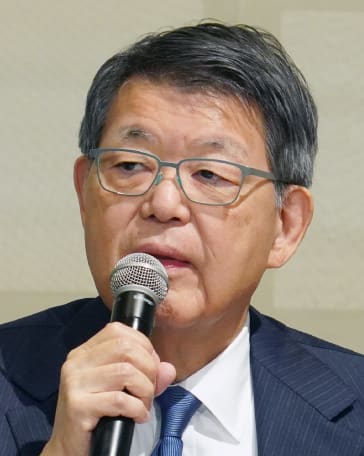
Sparx Group President Shuhei Abe
Abe thus believes strongly in the need for promoting increased private-sector investment in Hokkkaido GX. And he is putting that belief into action. He has built the fourth-largest holding of solar and wind power electrical generating capacity in Japan. That includes investments in two solar power installations in Hokkaido. “I believe that Hokkaido is at an inflection point in GX and that it is becoming an island hub of important GX advances in industry and society. The world is paying attention, and investment is starting to pour in.” Abe cited as an example of Hokkaido’s GX potential the growing number of people employed in the semiconductor sector there and the large number of students who are majoring in science, technology, engineering, and mathematics at the prefecture’s 10 universities and vocational schools.
The Future of CCUS
CCUS technologies for capturing, using, and storing carbon dioxide figure prominently in hopes for progress in decarbonization. Senior executives from four entities in the oil and electric power sectors gathered to discuss CCUS challenges and opportunities: Idemitsu Kosan executive vice president Masahiko Sawa, ENEOS Holdings Senior Vice President and Chief Technology Officer Yuichiro Fujiyama, Japan Organization for Metals and Energy Security (JOGMEC) Executive Vice President Hiroyuki Mori, and Hokkaido Electric Power Company (HEPCO) President Susumu Saito. Moderating the session was Nikkei Inc. Senior Staff Writer Toru Takahashi.
Sawa began with an outline of Idemitsu Kosan’s scenario for achieving carbon neutrality in the fossil fuels sector by 2050. Idemitsu has identified key businesses for 2030: ammonia (as an alternative to coal and as marine fuel), e-methanol (as marine fuel and for conversion into e-gasoline and e-sustainable aviation fuel [SAF], and SAF. Hokkaido is especially rich in renewable energy resources. Idemitsu is working with partner companies to produce green hydrogen with renewable energy and is also considering storing and using carbon dioxide emitted from its refinery to produce e-fuels, such as e-methanol. E-methanol can be directly used in the shipping sector and converted into e-gasoline and e-SAF, contributing to the decarbonization of existing vehicles and aircraft.
ENEOS has announced the targets for reducing emissions of carbon dioxide by around 2040: net zero in direct emissions from its operations and in indirect emissions associated with its purchases of electricity and heat and in the energy area, a 50% reduction in CO2 emissions per unit of energy supply, compared with the year to March 31, 2021. Fujiyama described how his company is producing synthetic fuels at his company’s first Japanese plant that can handle the entire process of producing synthetic fuels from raw materials. ENEOS is leading a demonstration project for sustainable aviation fuel in Hokkaido. In that project, the company will transport the fuel from Tomakomai Port to two airports and supply it to three airlines.
JOGMEC, which operates under the Ministry of Economy, Trade and Industry, supports CCUS initiatives with financing, technology, and information. It is a backer, for example, of the project mentioned by other session participants for storing carbon dioxide in the ocean off the Hokkaido coast.
HEPCO accompanies its CCUS activity with progress in shifting from carbon-based fuels to hydrogen and ammonia, which emit no carbon dioxide when burned. The company is coordinating with local-government and corporate partners to help attain Hokkaido Prefecture’s target of achieving carbon neutrality by 2050. In regard to CCUS, it is working with Idemitsu Kosan and Japan Petroleum Exploration to carry out an advanced JOGMEC project for capturing and storing carbon dioxide. That includes conducting a study with an eye to tapping the high potential for carbon dioxide storage in the Tomakomai region. HEPCO is eyeing a hub-and-cluster future for expanded CCUS in Hokkaido. Hubs will collect carbon dioxide from multiple emitters of the gas, Saito explained, and transport it to sites for pressurized injection into the earth.
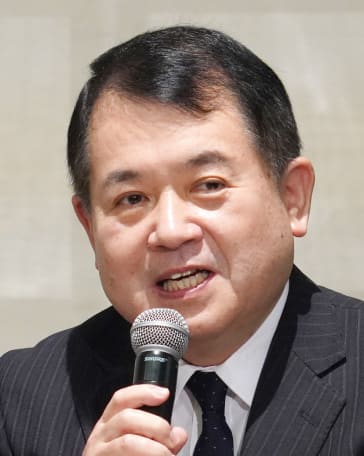
Idemitsu Kosan Executive Vice President Masahiko Sawa
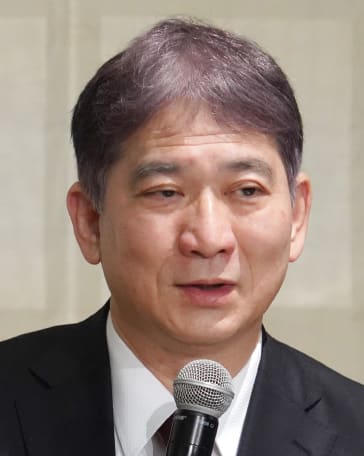
ENEOS Holdings Senior Vice President and Chief Technology Officer Yuichiro Fujiyama
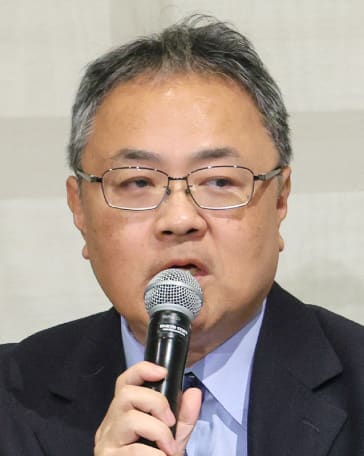
JOGMEC Executive Vice President Hiroyuki Mori
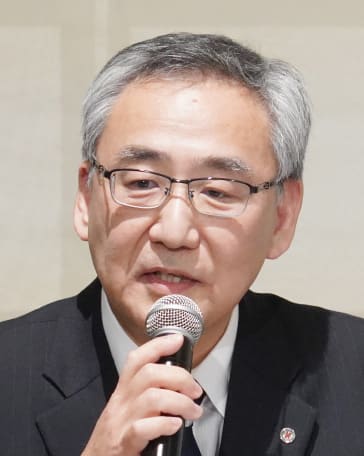
HEPCO President Susumu Saito
Infrastructure Spawned by Hokkaido-Born Technologies
Aizawa Concrete CEO Yoshihiro Aizawa and Hokkaido University Public Policy School Visiting Professor Yoshiharu Ishii held a discussion on how technologies born in Hokkaido are spawning new infrastructure. Moderating the session was Nikkei Inc.’s Toru Takahashi.
Tomakomai-headquartered Aizawa Concrete supplies concrete for a tunnel under Sapporo for the Shinkansen bullet train line scheduled to reach the city in 2030. It has also supplied concrete for Rapidus's semiconductor device foundry in Hokkaido. The CEO noted that his company captured attention recently with “self-healing concrete.” In that product, bacteria hitherto dormant in the concrete come alive when cracks occur and provide restorative reinforcement. Aizawa introduced a more spectacular application that his company is developing with original technology: concrete platforms to support the offshore generation of electricity with wind power and the production of green ammonia. He pointed out that achieving the Japanese government's renewable energy–based basic plan by 2050 would require 4,000 floating offshore wind turbines. He emphasized that establishing a new production system using concrete is essential. He discussed, too, a “super capacitor” that his company is developing by mixing carbon black into concrete.
Ishii applauded Aizawa as an exemplar of Hokkaido initiative in deploying original technology usefully. He voiced especially positive feelings for the offshore platforms that Aizawa is developing to generate clean electricity and produce green ammonia. Ishii called, however, for renewed attention to the need for reconciling GX initiatives with community perceptions. He noted that communities are generally receptive to the value of those initiatives but that cutting down trees to install solar panels and appending renewable energy surcharges to electric bills can cause backlash. Ishii underlined the need for highlighting the community benefits of GX projects, as in generating electricity with livestock waste, installing vertical solar panels on pastureland, and attracting high-value-added industry.
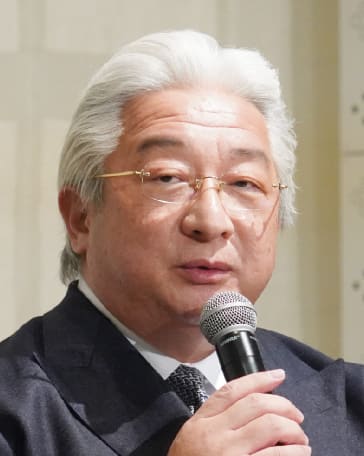
Aizawa Concrete CEO Yoshihiro Aizawa
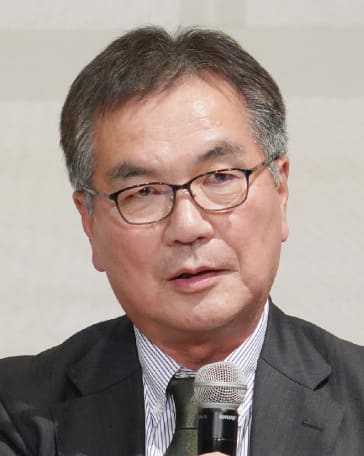
Hokkaido University Public Policy School Visiting Professor Yoshiharu Ishii
Finance as a Driver of Hokkaido GX
Representatives of Japan’s three megabanks and the Development Bank of Japan gathered to exchange views on finance’s role in driving GX in Hokkaido. Taking part in the exchange were Development Bank of Japan Managing Executive Officer Fumiyo Harada, Mizuho Bank Managing Executive Officer Nobuo Sakuragi, Sumitomo Mitsui Financial Group Chief Sustainability Officer Masayuki Takanashi, and MUFG Bank Managing Executive Officer Koichiro Oshima. Moderating the session was Nikkei Inc. Senior Staff Writer Ryushiro Kodaira.
Harada reiterated Hokkaido’s immense potential for spearheading GX on the strength of such natural advantages as abundances of wind, water, and land. The financial institutions, government agencies, and other members of Team Sapporo-Hokkaido have laid the preparatory groundwork, she observed, for tapping that potential. What needs to happen next, Harada continued, is for the private sector to tackle the practical challenges while bearing the attendant risk. She cited as an example the need for ensuring adequate infrastructure for producing, storing, and transporting hydrogen.
Sakuragi cited examples of Mizuho’s GX transition support in Hokkaido, such as loan financing for biogas power generation in Obihiro. He added that Mizuho provides Hokkaido customers with transition-linked loans. Those are loans where the interest rate fluctuates based on the achievement of environmental goals. Sakuragi concluded with a call for “attracting investment funds from both domestic and international sources, promoting the creation and utilization of large-scale forest-derived credits unique to Hokkaido, and supporting startups.”
Takanashi emphasized the role of hydrogen in fulfilling Hokkaido’s GX potential. He noted that hydrogen can serve as fuel and as raw material and that using hydrogen in those applications emits no carbon dioxide. Takanashi observed that Hokkaido is the only place in Japan where large-scale green hydrogen development is possible and suggested that industrial migration to the prefecture will be the best way to advance that development. He detailed SMBC’s expertise in the hydrogen space that will support and drive this movement forward.
Oshima emphasized that supporting GX in Hokkaido contributes to national vitality for Japan overall. He explained that this contribution will happen through fostering semiconductor manufacturing and data center operation in the prefecture with green energy and sharing the resultant value and output with beneficiaries elsewhere in Japan and in the world. MUFG Bank, continued Oshima, takes a hand-on approach to helping position Hokkaido as a showcase for achieving carbon neutrality while promoting regional industry.

Development Bank of Japan Managing Executive Officer Fumiyo Harada
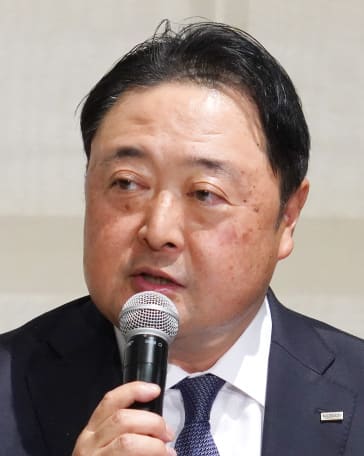
Mizuho Bank Managing Executive Officer Nobuo Sakuragi
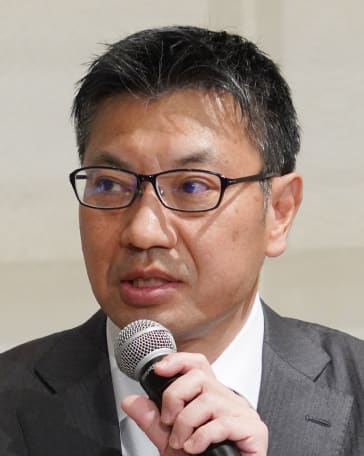
Sumitomo Mitsui Financial Group Chief Sustainability Officer Masayuki Takanashi
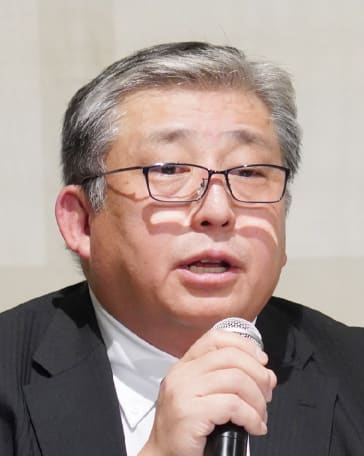
MUFG Bank Managing Executive Officer Koichiro Oshima
